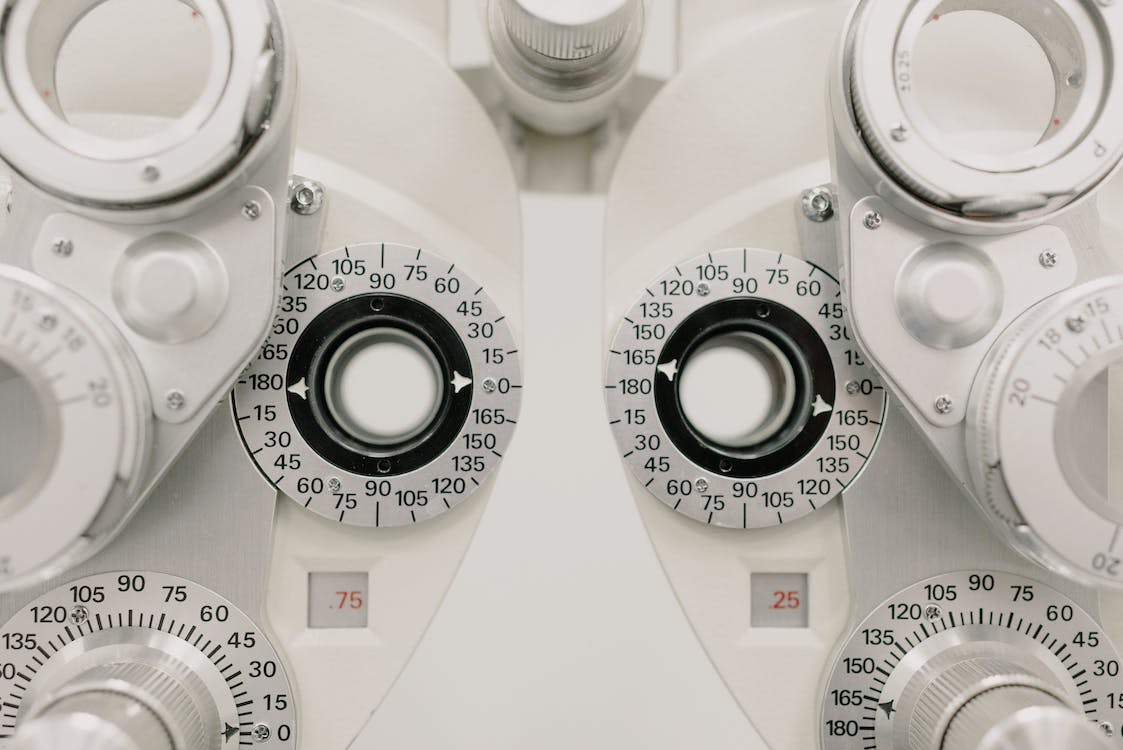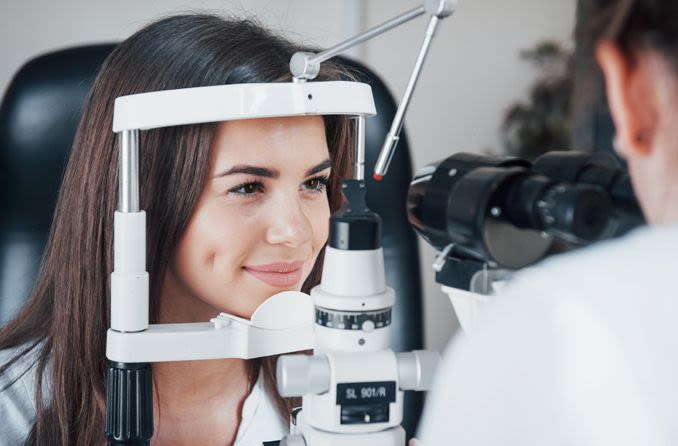All Categories
Featured
Low vision, a problem where standard glasses, contact lenses, or surgery can not totally bring back sight, can make daily tasks challenging. Low vision rehab uses a range of resources to assist individuals preserve their freedom and high quality of life. This article checks out the alternatives readily available for those seeking support in managing their visual impairments.
What Is Low Vision Rehabilitation?
Reduced vision recovery is an organized strategy to assist people maximize their staying vision and adjust to brand-new means of carrying out daily tasks. Experts work with patients to create personalized strategies, including tools, strategies, and training programs that fit their distinct requirements.
![]()
Key Options for Low Vision Rehab
Vision Enhancing Devices
Optical Aids: Gadget like magnifiers, telescopic glasses, and unique analysis lenses can boost clearness for reading, writing, and various other close-up activities.
Electronic Aesthetic Aids: Tools such as digital magnifiers and mobile video clip magnifiers give adjustable zoom capabilities for various jobs.
Wearable Modern technology: Smart glasses geared up with video cameras and voice responses deal cutting-edge options for improving vision.
![]()
Assistive Innovation
Screen viewers, text-to-speech applications, and gadgets with voice commands make modern technology obtainable for individuals with low vision.
Smart device applications, such as navigating aids and object recognition devices, aid individuals connect with their environments a lot more properly.
Training and Therapy
Alignment and Wheelchair Training: Experts show abilities for browsing rooms safely, including using white walking sticks or guide pet dogs.
Daily Living Abilities Educating: Rehab programs give techniques for cooking, cleaning, and personal care, making sure that individuals can perform vital jobs individually.
Aesthetic Abilities Training: Exercises made to optimize making use of continuing to be peripheral vision can enhance visual functionality.
Ecological Adjustments
Adjustments to living or work areas can considerably enhance accessibility. Examples consist of:
Mounting brighter illumination.
Including high-contrast markings to devices.
Preparing furniture to develop clear paths.
Support Networks
Psychological and emotional assistance is a critical element of recovery. Support teams, treatment sessions, and therapy services can help people handle the difficulties of vision loss.
![]()
Peer networks attach people with similar experiences, fostering a sense of area and shared discovering.
How to Access Reduced Vision Rehabilitation Services
Low vision recovery solutions are frequently offered by:
Reduced Vision Clinics: Run by eye doctors and ophthalmologists concentrating on vision disabilities.
Work Specialists: Professionals in adjusting settings and jobs to fit private demands.
Not-for-profit Organizations: Teams such as the American Foundation for the Blind (AFB) or local loss of sight assistance companies provide important sources and references.
Final Thought
Dealing with reduced vision can feel frustrating, yet with the ideal support and tools, individuals can remain to lead meeting lives. Low vision rehab offers an array of resources tailored to improve performance, increase confidence, and improve lifestyle. Take into consideration getting to out to a professional or rehab facility to check out the several options offered if you or a loved one is encountering the challenges of low vision. With each other, these options ensure that vision loss does not specify or restrict one's potential.
What Is Low Vision Rehabilitation?
Reduced vision recovery is an organized strategy to assist people maximize their staying vision and adjust to brand-new means of carrying out daily tasks. Experts work with patients to create personalized strategies, including tools, strategies, and training programs that fit their distinct requirements.

Key Options for Low Vision Rehab
Vision Enhancing Devices
Optical Aids: Gadget like magnifiers, telescopic glasses, and unique analysis lenses can boost clearness for reading, writing, and various other close-up activities.
Electronic Aesthetic Aids: Tools such as digital magnifiers and mobile video clip magnifiers give adjustable zoom capabilities for various jobs.
Wearable Modern technology: Smart glasses geared up with video cameras and voice responses deal cutting-edge options for improving vision.

Assistive Innovation
Screen viewers, text-to-speech applications, and gadgets with voice commands make modern technology obtainable for individuals with low vision.
Smart device applications, such as navigating aids and object recognition devices, aid individuals connect with their environments a lot more properly.
Training and Therapy
Alignment and Wheelchair Training: Experts show abilities for browsing rooms safely, including using white walking sticks or guide pet dogs.
Daily Living Abilities Educating: Rehab programs give techniques for cooking, cleaning, and personal care, making sure that individuals can perform vital jobs individually.
Aesthetic Abilities Training: Exercises made to optimize making use of continuing to be peripheral vision can enhance visual functionality.
Ecological Adjustments
Adjustments to living or work areas can considerably enhance accessibility. Examples consist of:
Mounting brighter illumination.
Including high-contrast markings to devices.
Preparing furniture to develop clear paths.
Support Networks
Psychological and emotional assistance is a critical element of recovery. Support teams, treatment sessions, and therapy services can help people handle the difficulties of vision loss.

Peer networks attach people with similar experiences, fostering a sense of area and shared discovering.
How to Access Reduced Vision Rehabilitation Services
Low vision recovery solutions are frequently offered by:
Reduced Vision Clinics: Run by eye doctors and ophthalmologists concentrating on vision disabilities.
Work Specialists: Professionals in adjusting settings and jobs to fit private demands.
Not-for-profit Organizations: Teams such as the American Foundation for the Blind (AFB) or local loss of sight assistance companies provide important sources and references.
Final Thought
Dealing with reduced vision can feel frustrating, yet with the ideal support and tools, individuals can remain to lead meeting lives. Low vision rehab offers an array of resources tailored to improve performance, increase confidence, and improve lifestyle. Take into consideration getting to out to a professional or rehab facility to check out the several options offered if you or a loved one is encountering the challenges of low vision. With each other, these options ensure that vision loss does not specify or restrict one's potential.
Latest Posts
Find Top Car Repair Care offered by Montclare Auto Repair – Drive with Confidence
Published May 24, 25
1 min read
Uncover Montclare Auto Repair’s Premier Auto Repairs and Why Drivers Trust Them
Published May 21, 25
1 min read
Discover the Greatest Auto Repair Deals in Montclare, Chicago
Published May 20, 25
1 min read
More
Latest Posts
Find Top Car Repair Care offered by Montclare Auto Repair – Drive with Confidence
Published May 24, 25
1 min read
Uncover Montclare Auto Repair’s Premier Auto Repairs and Why Drivers Trust Them
Published May 21, 25
1 min read
Discover the Greatest Auto Repair Deals in Montclare, Chicago
Published May 20, 25
1 min read